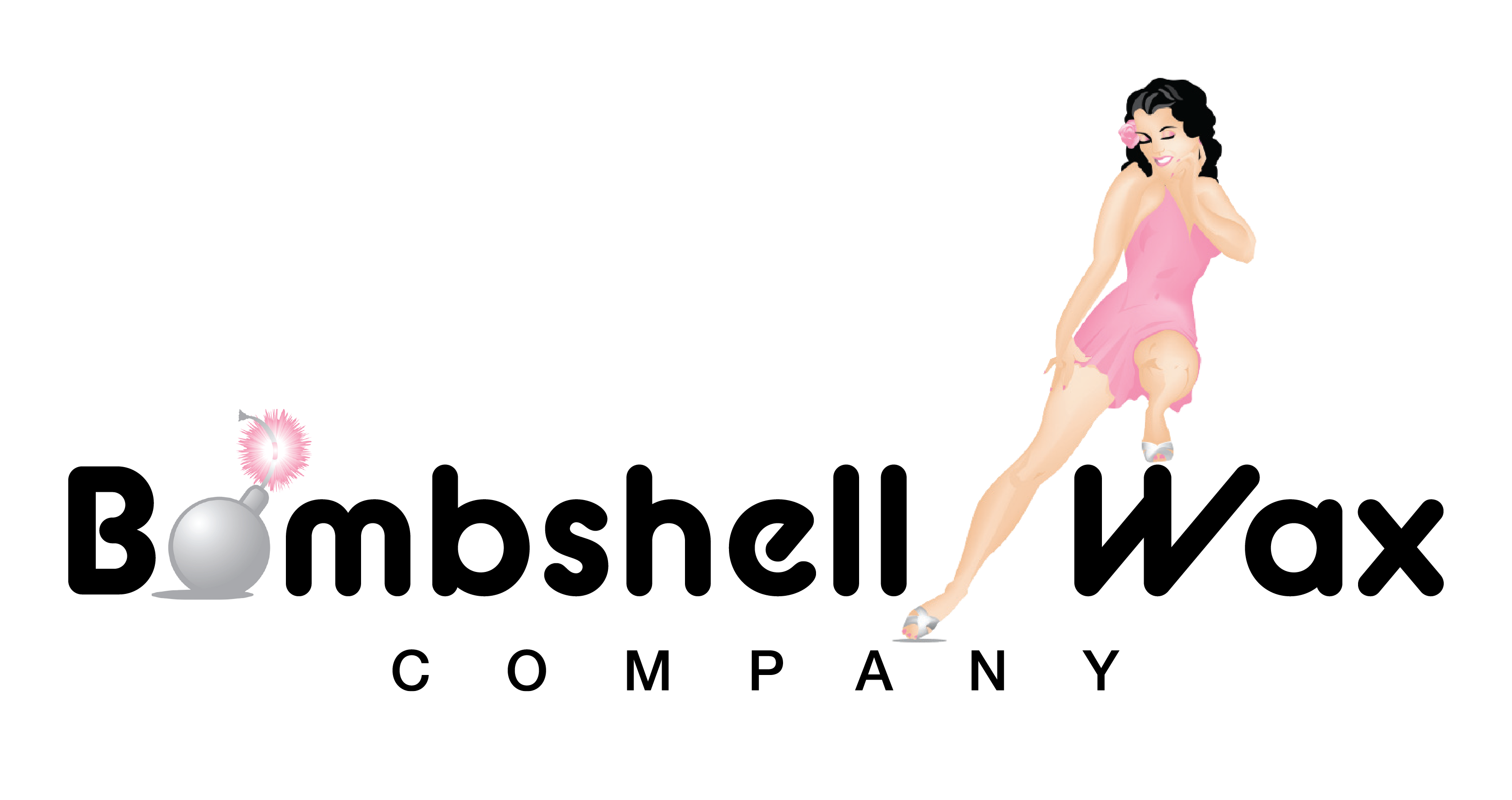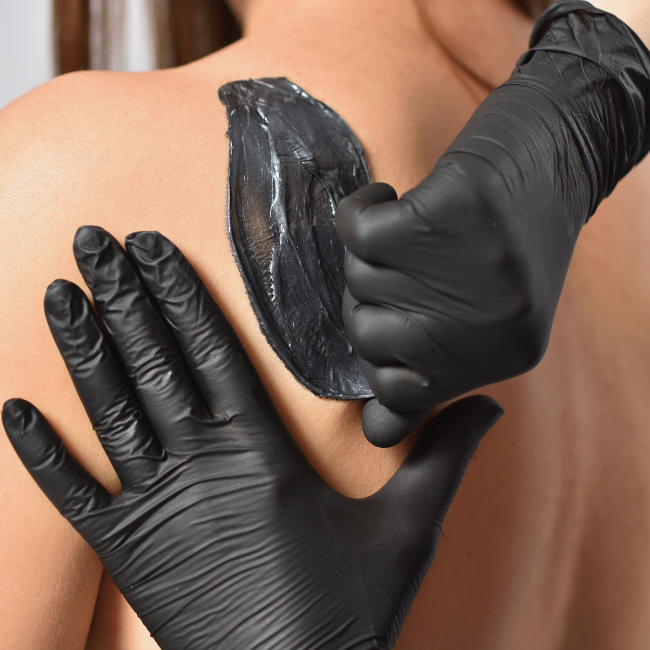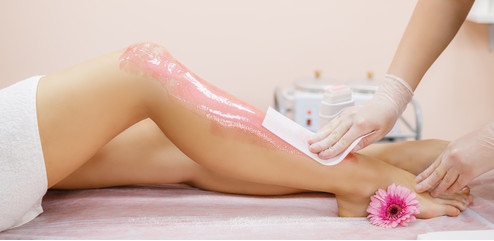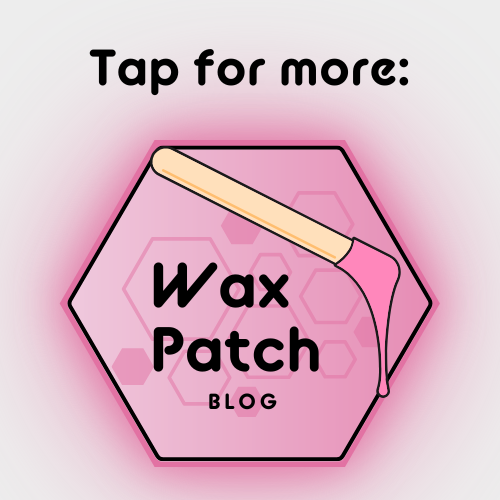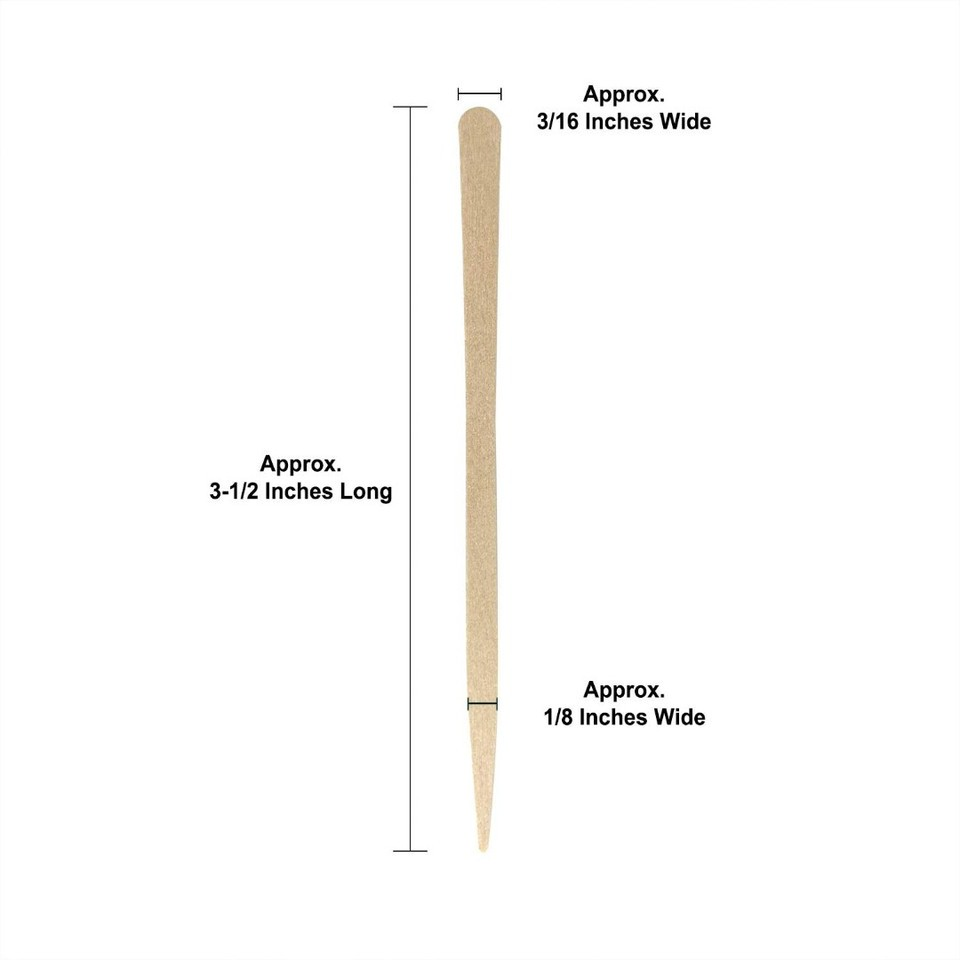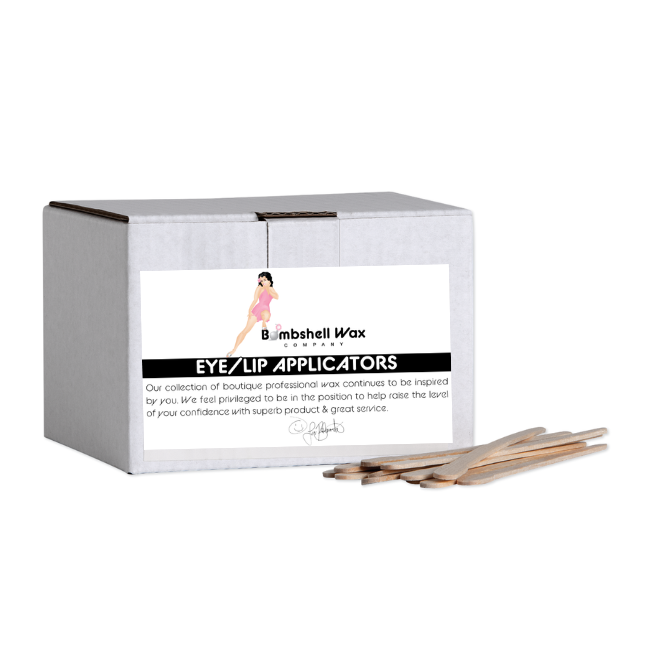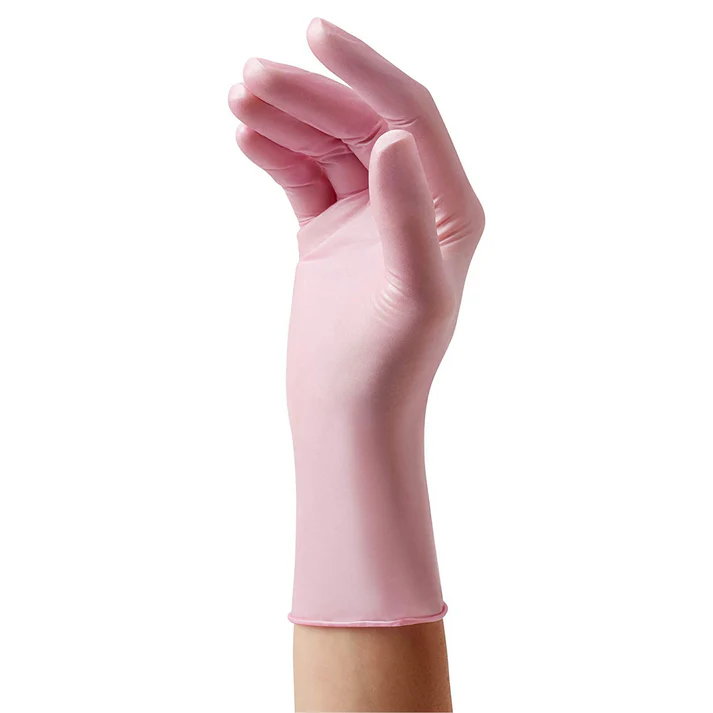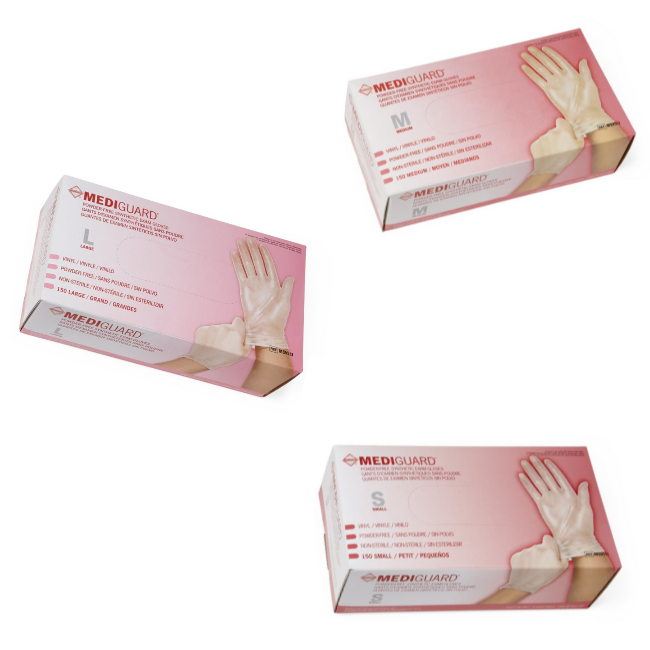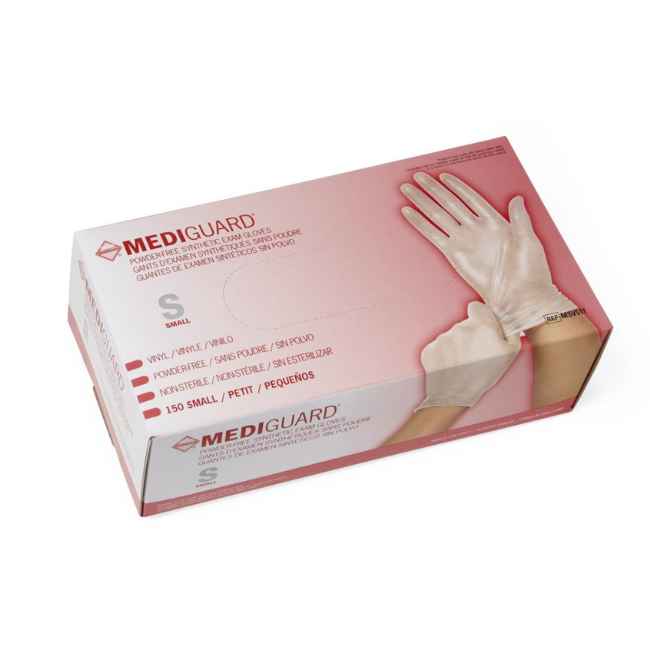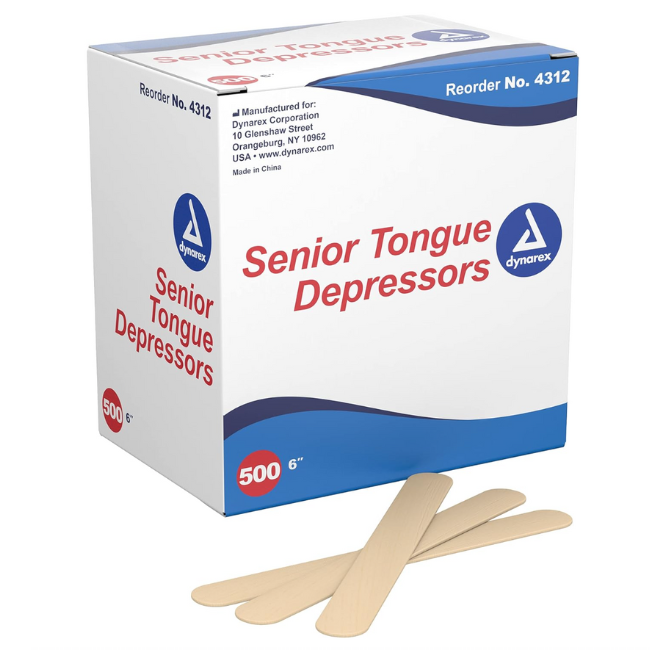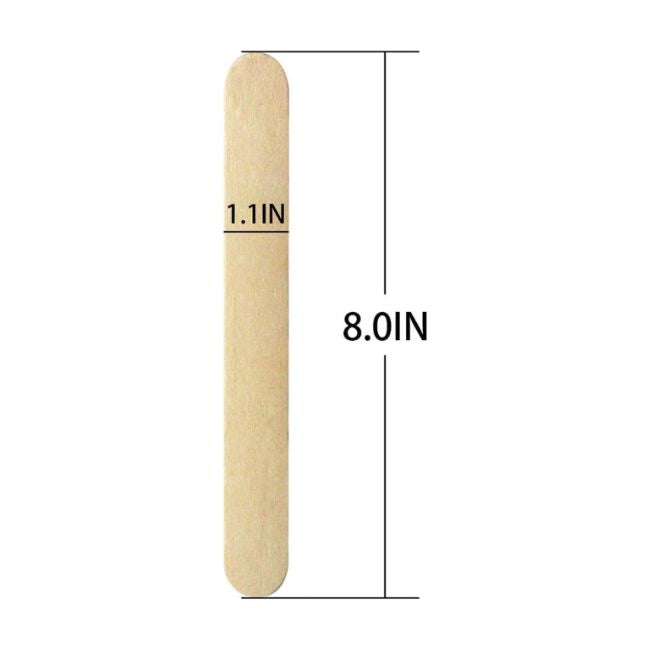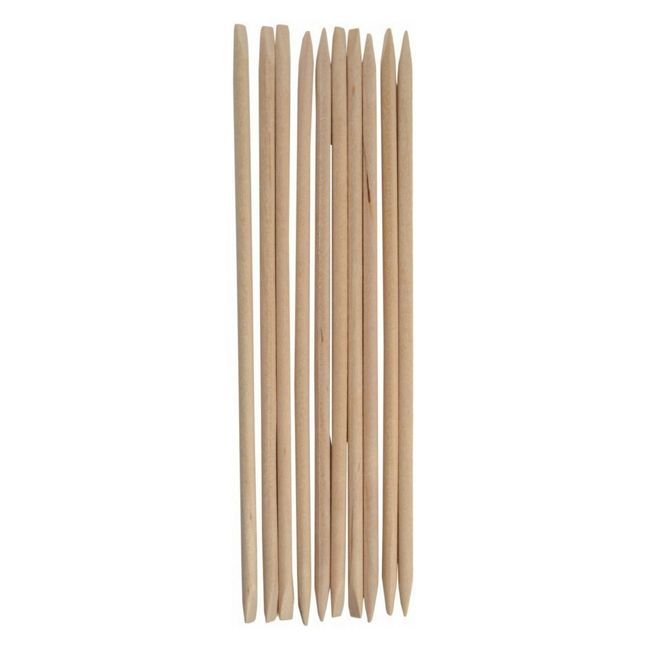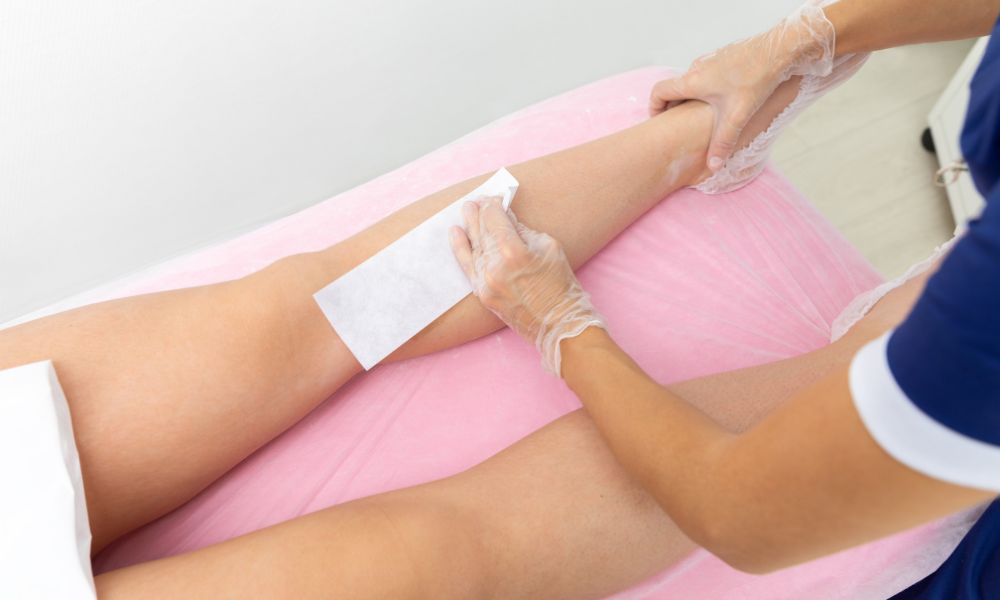

The Pros and Cons of Waxing With Soft Wax
People from all walks of life enjoy various body waxing services. Most people know that there are two main options for body waxing: hard and soft wax. Some experienced clients may have opinions on which option they prefer, but as a wax artist, you have the authority to pick one or the other. If you’re unsure which is better for a specific waxing experience, that’s okay. Weigh the pros and cons of waxing with soft wax to help you decide on the best material for the situation at hand.
Hard vs. Soft Wax
Hard and soft waxes each have their own pros and cons. You’ll notice the major differences between these waxes when you weigh those pros and cons. The biggest difference is highlighted by the names of each wax. One is a hard wax bead that you melt down, while the other is a container of soft wax that you warm up. If your salon only has one type of wax warmer for hard or soft wax, you must choose whichever wax will melt easily. If your salon has multiple types of wax warmers, you can continue to consider which option is better for each client and circumstance.
Pros of Soft Wax
First, you need to consider the many advantages of using soft wax. Your client may not know much about soft wax if they’re new to the waxing process, so you should take some time to discuss these advantages with them to get their input. If an experienced client doesn’t want you to use soft wax, be sure to still discuss the advantages of this wax type. Don’t override your client’s opinions, as this can make a potential client never want to come back. If your client’s preferred wax type does not align with the wax that you think would best suit the situation, explain your reasoning and discuss why a different product would produce a better waxing outcome.
Better for Fine Hair
If your client has very fine hair, waxing with soft wax is often the best choice. Since soft wax never hardens, it can better wrap around fine hairs that may break during the hard waxing process. You can use this wax for fine hairs on the upper thighs and forearms.
Better for Large Areas
Different waxing services cover different areas of the body. If a client wants a large area waxed, such as their back or legs, soft wax is often the best choice. This is because you can spread soft wax thinner than hard wax and easily cover these larger areas. Covering large areas in a thin layer of wax also saves you money since you won’t have to waste layers of thick wax on the same area.
Helps Exfoliate Skin
Soft wax doesn’t just adhere to the hair in the area you’re waxing; it also sticks to skin. When you remove soft wax, you remove the hair and the top layer of dead skin near it. This exfoliates the skin, removing dead skin cells from the surface of your client’s body and providing them with hairless, smooth skin after their waxing appointment.
Cons of Soft Wax
Unfortunately, no body product is perfect, including soft wax. While there are many pros of working with soft wax, there are cons as well. Understanding these cons can help you better prepare a new client for their waxing experience and help experienced clients make an informed decision for their appointment.
More Painful
Removing soft wax is often more painful than removing hard wax since soft wax adheres to the skin. While this does provide a bit of exfoliation, removing skin can be a painful experience for the client. You can apply cold compresses before and after waxing to help mitigate this pain, but new and experience clients alike will typically still feel some pain.
Cannot Reapply
Waxing artists of any experience level know that sometimes, the hair doesn’t come out when you want it to. Even if you do everything right, some hair is just plain stubborn. While you can reapply hard wax over stubborn hair to remove it, you cannot reapply soft wax. Doing so will damage the client’s skin because the first soft wax application exfoliated the skin so well. This means you must leave stubborn hairs behind, which can lead to client dissatisfaction.
Requires Wax Removal Strips
While you’ll save money using soft wax for large areas of skin, your budget may not change because you’ll also have to buy wax removal strips. Since hard wax fulfills its name and hardens on the skin, you can simply grip one end and remove the wax without applying removal strips. Soft wax starts soft, which means you must press a thin cloth strip over it in order to successfully remove it.
These various pros and cons of soft wax can help you decide when to use soft wax and when to use hard wax. Most wax artists prefer to use hard wax in small, sensitive areas such as on the face and bikini area. They use soft wax in larger, less sensitive areas, such as the back and legs. However, some clients may prefer using soft wax on their faces to help exfoliate them or prefer hard wax on their legs to help mitigate pain. You will need to weigh the pros and cons mentioned above, along with any official salon protocols, as you decide which is better for each client and their requested service.
If you decide that the situation does call for professional soft wax, Bombshell Wax is happy to provide exactly what you need. Our soft wax is low-temperature, creamy, and a delight to use. You can even use it as a secondary wax after using hard wax to remove those stubborn hairs we mentioned above. The soft wax container is microwave safe, so if all your wax warmers are full or you don’t have a soft wax warmer yet, you can still use this wax in your salon. Applicators and removal strips are sold separately, but you can easily include them in the same order to ensure your salon never runs out.


